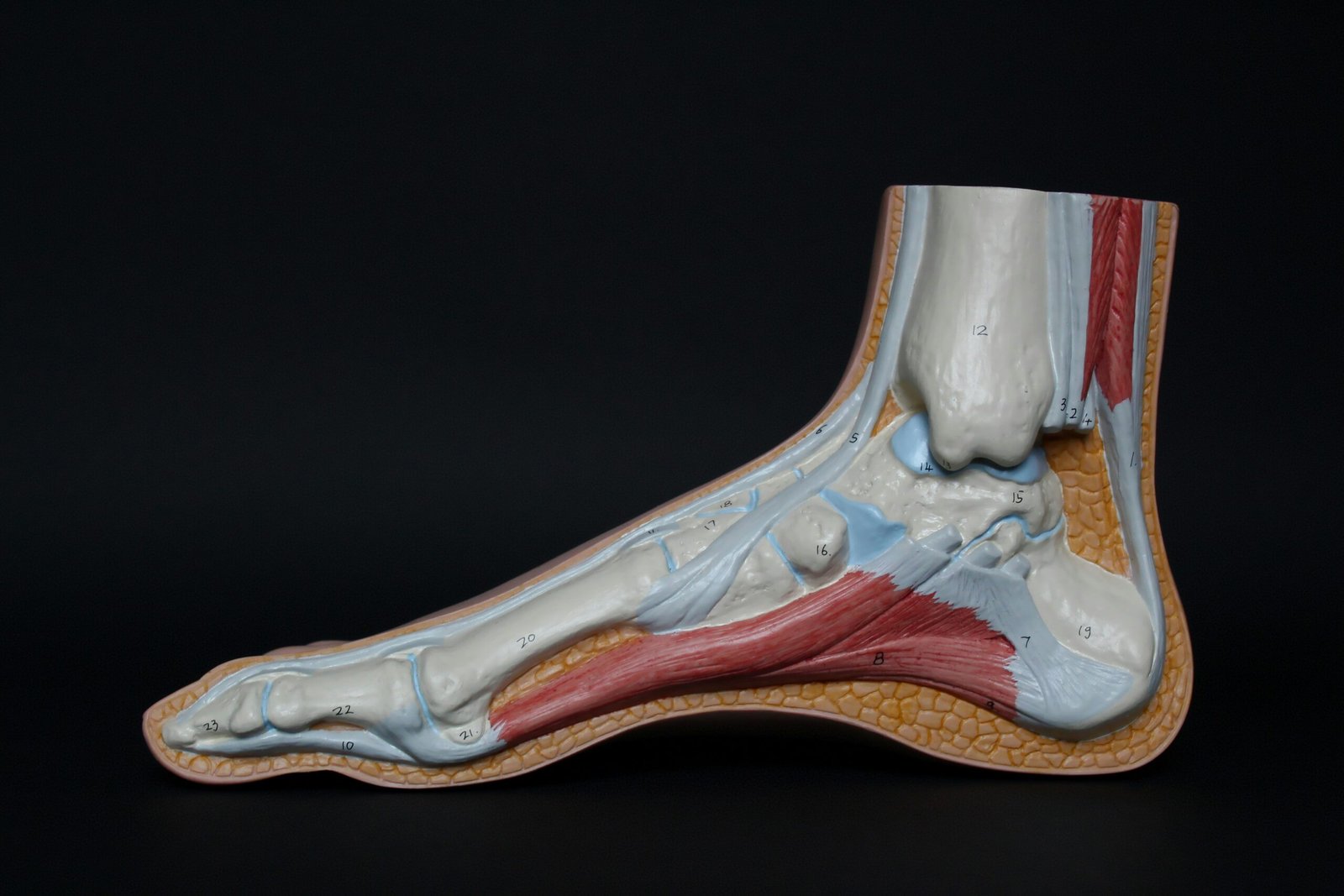Understanding Plantar Fasciitis: Causes, Symptoms, and Treatment
Plantar fasciitis is a common foot condition that causes pain and inflammation in the heel. It occurs when the plantar fascia, a thick band of tissue that connects the heel bone to the toes, becomes strained and irritated. This condition can be quite painful and can interfere with daily activities, making it important to understand its causes, symptoms, and treatment options.
Causes of Plantar Fasciitis
There are several factors that can contribute to the development of plantar fasciitis. The most common cause is excessive strain on the plantar fascia, which can occur due to:
- Overuse or repetitive activities, such as running or jumping
- Being overweight or obese, which puts extra pressure on the feet
- Wearing improper footwear, such as shoes with poor arch support or high heels
- Tight calf muscles or Achilles tendons, which can increase stress on the plantar fascia
- Having flat feet or high arches, which can affect the distribution of weight on the feet
Understanding the underlying cause of your plantar fasciitis can help determine the most effective treatment plan.
Symptoms of Plantar Fasciitis
The most common symptom of plantar fasciitis is pain in the heel, which can range from mild to severe. The pain is usually worse in the morning or after periods of rest, and may improve with activity. Other symptoms may include:
- Stiffness and tightness in the arch of the foot
- Pain that worsens with prolonged standing or walking
- Tenderness or swelling in the heel
- Difficulty in bending the foot upward or downward
If you are experiencing any of these symptoms, it is important to consult with a healthcare professional for an accurate diagnosis and appropriate treatment.
Treatment Options for Plantar Fasciitis
Fortunately, there are several treatment options available for plantar fasciitis that can help alleviate pain and promote healing. These may include:
- Rest and ice: Taking a break from activities that aggravate the condition and applying ice to the affected area can help reduce pain and inflammation.
- Stretching exercises: Performing specific stretches for the calf muscles and plantar fascia can help improve flexibility and relieve tension.
- Orthotic devices: Using shoe inserts or orthotic devices can provide additional support and cushioning to the foot, relieving strain on the plantar fascia.
- Physical therapy: Working with a physical therapist can help strengthen the muscles in the foot and leg, improving stability and reducing pain.
- Medications: Nonsteroidal anti-inflammatory drugs (NSAIDs) may be recommended to reduce pain and inflammation.
- Corticosteroid injections: In some cases, corticosteroid injections may be administered to reduce inflammation and provide temporary relief.
- Surgery: In rare cases where conservative treatments do not provide relief, surgical intervention may be considered.
It is important to note that the effectiveness of these treatment options may vary depending on the individual and the severity of the condition. Consulting with a healthcare professional is essential to determine the most appropriate course of action.
Preventing Plantar Fasciitis
While plantar fasciitis can be a recurring condition, there are steps you can take to reduce the risk of developing it or experiencing a recurrence. These preventive measures include:
- Wearing proper footwear with adequate arch support and cushioning
- Gradually increasing the intensity and duration of physical activities
- Maintaining a healthy weight to reduce pressure on the feet
- Performing regular stretching exercises for the feet and calves
- Using orthotic devices or shoe inserts for added support
By incorporating these preventive measures into your daily routine, you can help protect your feet and reduce the likelihood of developing plantar fasciitis.
Conclusion
Plantar fasciitis can be a painful and debilitating condition, but with proper understanding and treatment, it is possible to find relief. By identifying the causes, recognizing the symptoms, and exploring the available treatment options, individuals suffering from plantar fasciitis can take proactive steps towards recovery and prevention. Remember to consult with a healthcare professional for a comprehensive evaluation and personalized treatment plan.






